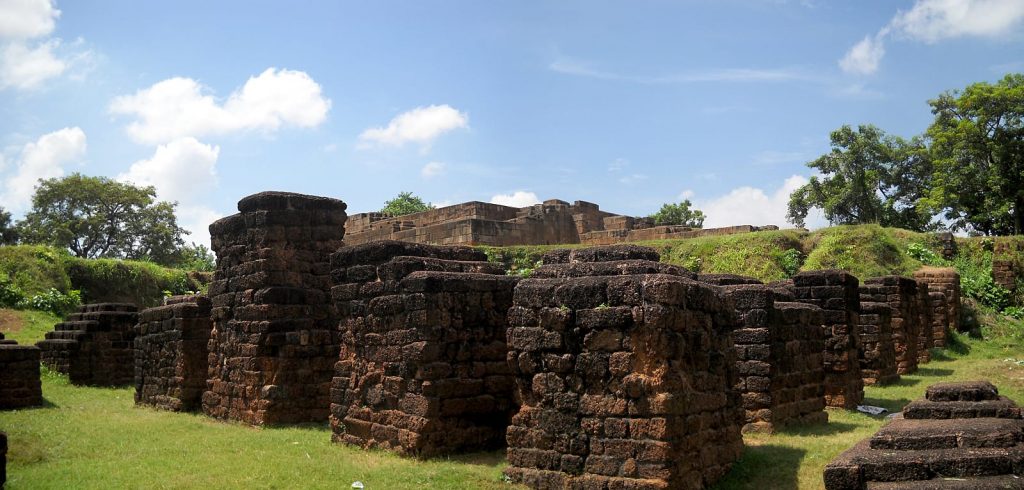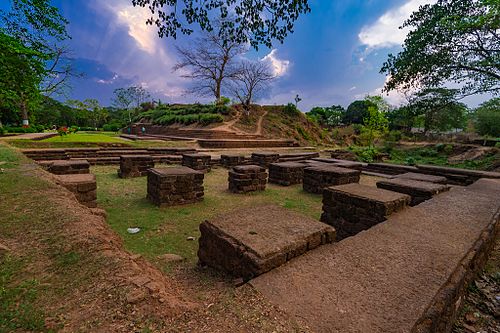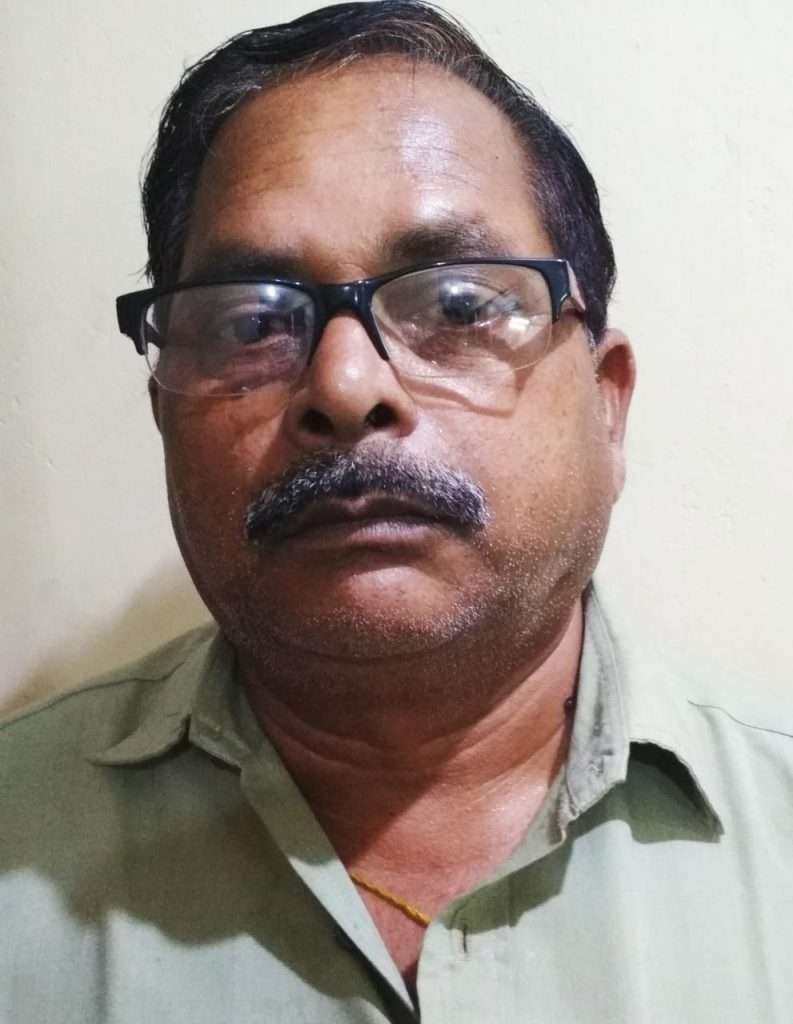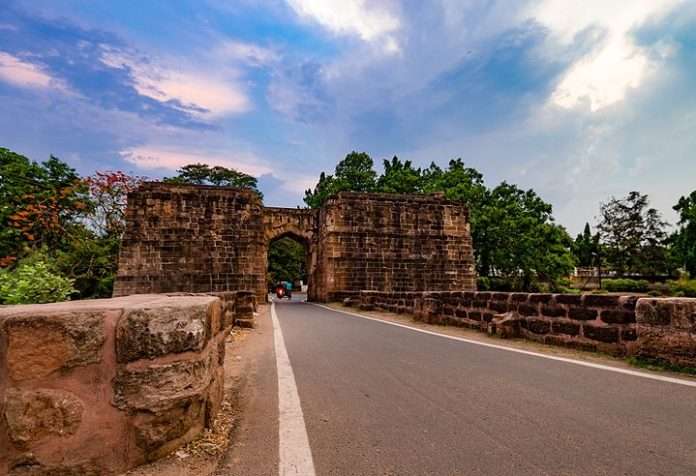Pandit Kripasindhu Mishra, a famous Odiya poet has written a poem titled ‘Barabati’. The translated opening lines are:
O Barabati
You were the glory
Of Odiya soldiers of bygone era
you were the path way
of Odiya Nation.
And you were the golden chariot
Of the brave Odiya soldiers
who valiantly fought
and lost their lives
Hence went to the heaven.

Barabati was a 13th century fort on the bank of the river Mahanadi, built by the Ganga dynasty, Cuttack, Odisha. The ruins of the fort remain with its moat, gate and the earthen mound of the nine storied palace, which evokes the memories of the past days.
The fort was square in plan. It spreads over an area 102 acres and surrounded on all sides with a stone paved moat 10 metres width in northern and western sides and 20 metres width in eastern and southern sides. The entire fort wall except the entrance is missing. Since, 1915 in view of its national importance, the palace has been declared as a protected site by Archaeological Survey of India.
During of rule of Muslims and the Marathas it continued to be the capital of Odisha. The British Army took possession of Barabati Fort in October 1803 and it became a prison for confinement of several illustrious rulers of the land.
In 1568 AD the city passed to the hands of Afghan rulers of Bengal, then to the Mughal empire in 1592 and the Marathas in 1751. Cuttack with the rest of Odisha, came under British rule in 1803.

The ruins of the old Barabati fort lie on the right bank of the Mahanadi in the western part of the city. The Ganga ruler Anangabhima Deva – III built the fort and made his capital. And the nine storied building (NabatalaPrasada) was built by the Chalukyas.
The Barabati Fort was a wonder. Its nine storied building was a marvel. In those days, it was not easy to build a nine-storied structure. The Afghans, the Mughals, the British – all envied it. The British took much pain to penetrate the fort.
It is one of the sad stories of history that the fort of Barabati was conquered by Suleiman Karrani, the ruler of Bengal with the help of Kalapahad, who converted from Hinduism and was the General of the ruler Mukunda Deva the last independent ruler of Odisha. Akbar, the Mughal emperor, an ally of the Raja could not help because he was busy in the conquest of Chittor. It was in the year 1568, Mukunda Deva’s wife, after her husband’s death in the battle, tried to appease Kalapahad, not to destroy Barabati Fort.
Here goes the song:
Kalapahad came broke the iron gate
drank the waters of Mahanadi,
Mukunda Deva’s wife
on a golden platter
offered diamond to Kalapahad.

So, Kalapahad did not destroy the fort, but went to Konark temple to destroy it. Barabati narrowly escaped destruction. But later on due to the ravages of nature, Barabati fell into ruins. 1568 saw the last swan song of Odisha. The last independent king – Mukunda Deva was defeated and killed. Barabati fell into the hands of the enemies. Odisha never recovered from that. But the glory remains. Odisha was basking in the glory, when Barabati fort was the capital palace.
The famous Odiya poet – Mayadhar Mansingh has bemoaned the glory of Barabati Fort in his master piece poem – ‘A moonlit night in the Mahanadi river’. He said – it is not worthwhile to live after that glory and good time. It is more painful than death.
Really we are undone. We cannot do anything against time. Time is all powerful. We have to abide by it. And the fort of Barabati abides by it.
(The views expressed are the writer’s own.)

Radhakanta Seth is an Income tax officer in Sambalpur. He is a Freelance writer and his articles have been published in some Oriya dailies like Sambad, Samaj, Dharitri and English dailies like The Telegraph and in a sociological journal ‘Folklore’ published from Kolkata.
He can be reached out at [email protected]

